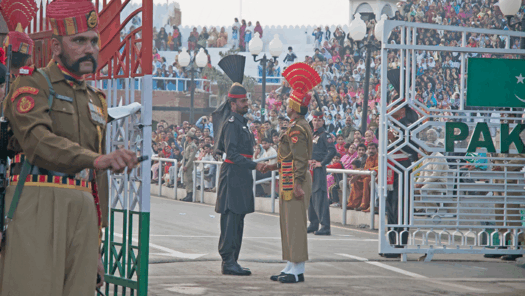Arms Control
Return to article
Testing Deterrence: South Asia’s Strategic Stability After May 2025
The Pakistan-India crisis of May 2025 has once again underscored the fragility of South Asia’s deterrence architecture. What began as a localized confrontation escalated rapidly, demonstrating how misperceptions, doctrinal ambiguities, and conventional imbalances can endanger regional peace. In the aftermath…

U.S. Unilateralism on Arms Control and Impact on South Asian Stability
The world has been watching President Donald Trump’s every move closely since his return to the White House in January, and the implications of his presidency for global arms control loom large. The New START Treaty, the last remaining nuclear…

दक्षिण एशिया में हथियार नियंत्रण हेतु द्विपक्षीय परामर्शदात्री निकाय महत्त्वपूर्ण हैं
2008 के बाद, भारत और पाकिस्तान ने महत्त्वपूर्ण द्विपक्षीय शस्त्र/हथियार नियंत्रण वार्ता नहीं की है, जो 1980 केदशक के बाद से ऐसी चर्चाओं के बिना सबसे लंबी अवधि है। इस विलम्ब के दो प्रशंसनीय नीतिगत स्पष्टीकरण हैं:प्रथम, भारत और पाकिस्तान…

For Arms Control to Thrive in South Asia, a Bilateral Consultative Body is Crucial
India and Pakistan have not held significant bilateral arms control talks since 2008, constituting the longest period without such discussions since the 1980s. There are two plausible policy explanations for this. First, India and Pakistan typically discuss arms control as…

Mapping the Prospect of Arms Control in South Asia
Once considered a factor of stability during the height of the Cold War, the global arms control architecture is now all but crumbling. In South Asia, arms control has always remained elusive, and the prospects for the future seem slimmer…

امریکہ چین تزویراتی مقابلہ اور جنوبی ایشیا میں ہتھیاروں کی دوڑ
حالیہ برسوں میں، واشنگٹن نے چین کو اپنے "سب سے بڑے تزویراتی حریف" کے طور پر بیان کیا ہے اور بیجنگ کے بڑھتے ہوئے اثر و رسوخ کا مقابلہ کرنے کے لیے زیادہ جارحانہ پالیسی اختیار کی ہے۔ اگرچہ داخلی…